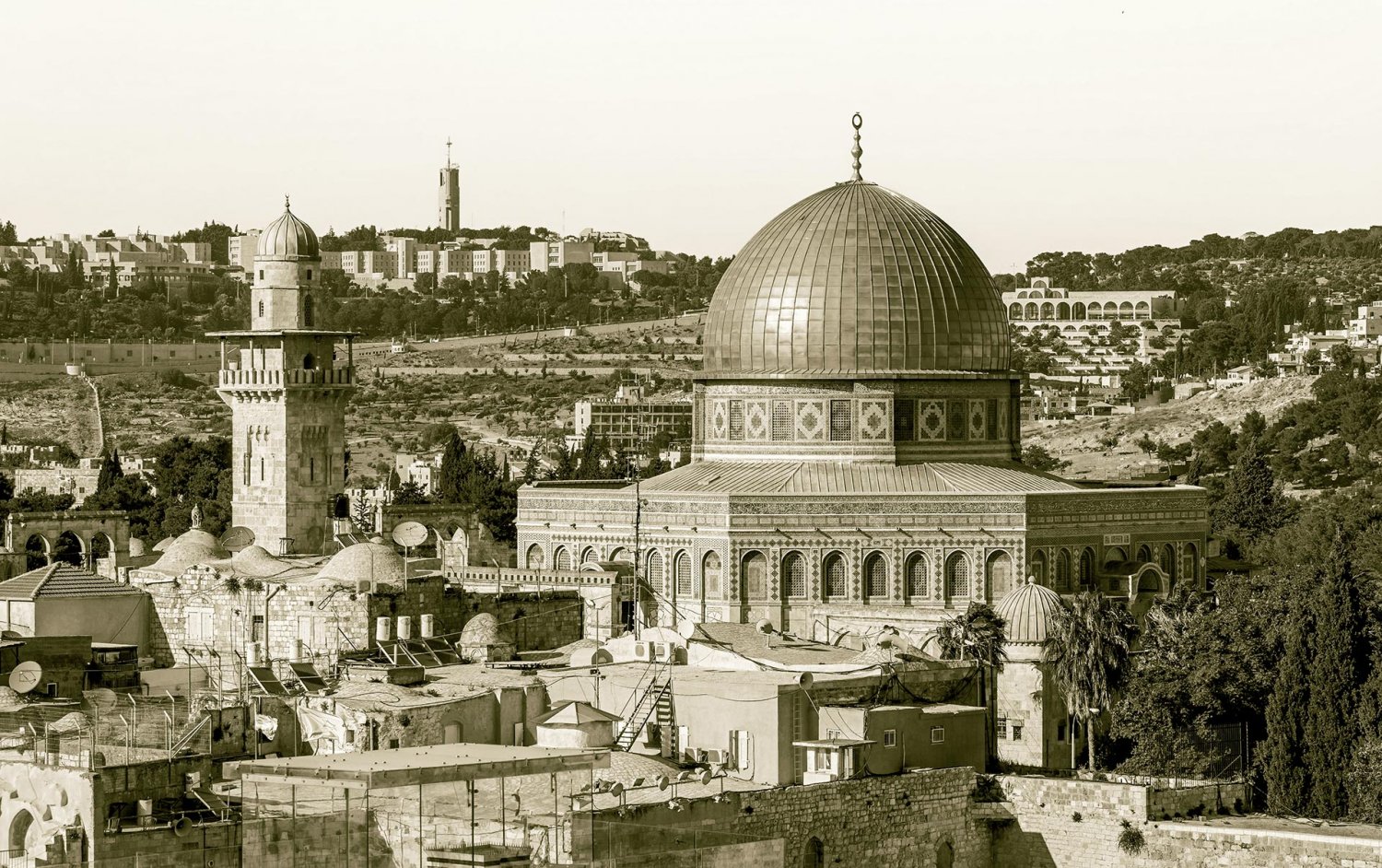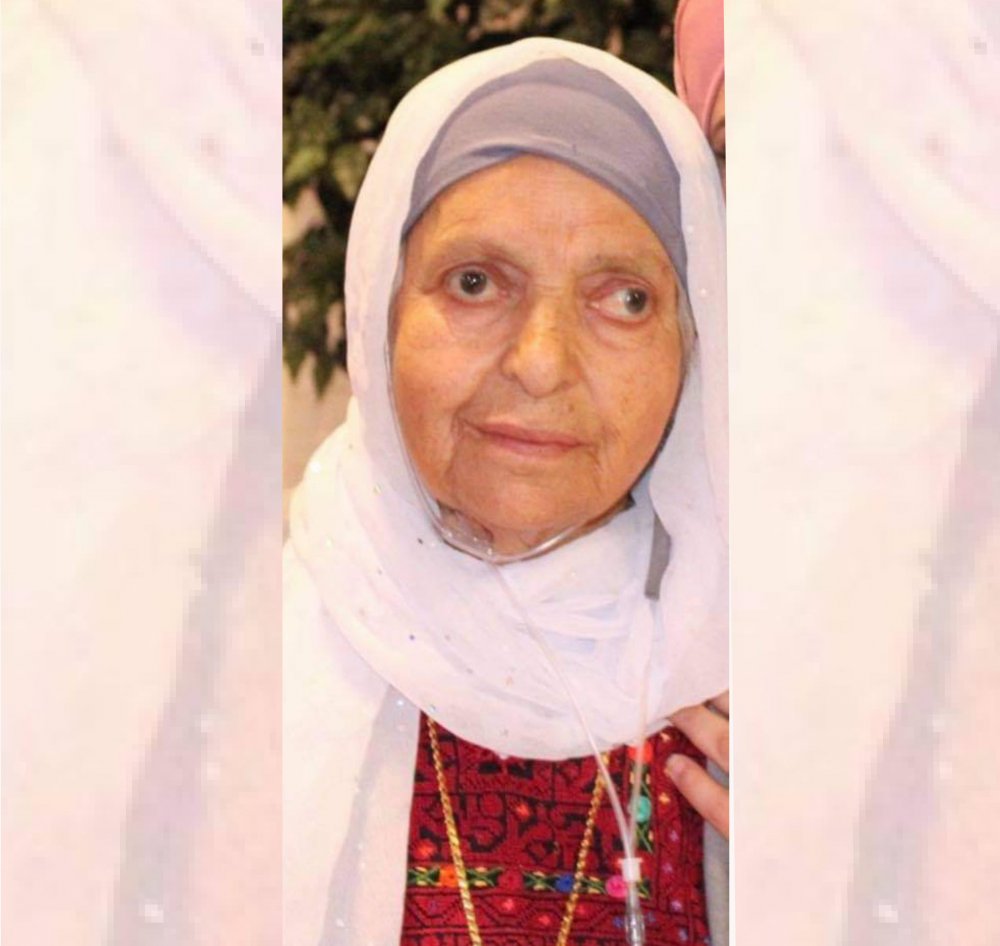A couple of weeks after the curfew, Israel started issuing identification documents (IDs). During a visit to her cousin who was living in the part of Beit Hanina that fell within the Israeli-imposed municipal boundaries of Jerusalem, Sitti’s cousin’s son told her that people who had been counted in the census had been able to apply for blue IDs, which conferred the status of Israeli permanent residency. Jumping from one conversation to another, her cousin’s son told her that all Palestinians must apply for an ID from the Israeli offices located somewhere in Jerusalem.1
Sitti took her cousin’s ID and went to the office, following her cousin’s son’s directions. She asked the employee there to give her an ID after explaining the reasons behind not having been counted already.
The employee issued her a blue ID and three birth certificates for her children. This means that Sitti and her three children were granted Israeli permanent-resident status and were counted as living “legally” within Israeli municipal Jerusalem.
Sitti was happy that she managed to receive the ID and birth certificates. She bought some sweets from the Old City of Jerusalem and went back to her cousin’s house to celebrate and also to return her cousin’s ID.
A couple of weeks later, Sitti noticed something weird. All the people in the part of the village in which she lives (the part of Beit Hanina that was considered West Bank, “outside” the Israeli-imposed municipal boundary of Jerusalem) had been issued orange IDs, not blue. Curious, Sitti started asking her neighbors to show her their newly issued IDs; they were all orange.
Once again, Sitti took one neighbor’s ID and went back to the Israeli interior ministry office in Jerusalem. Sitti showed the employee the two different IDs (her own, blue, and her neighbor’s, orange) and innocently asked why her ID was different from those of her neighbors. “I belong to this community. I do not understand why you gave me a different color,” she said.


